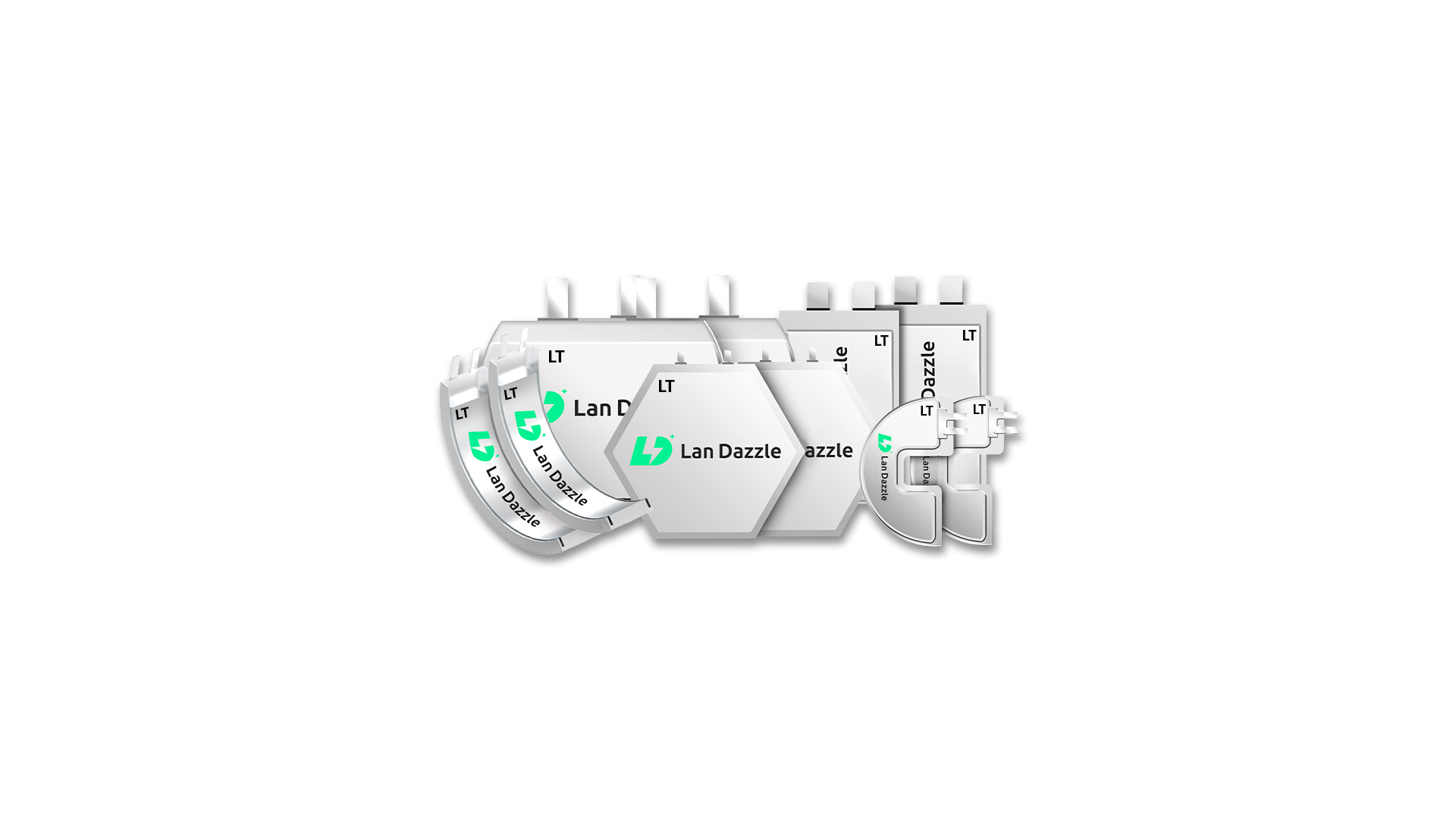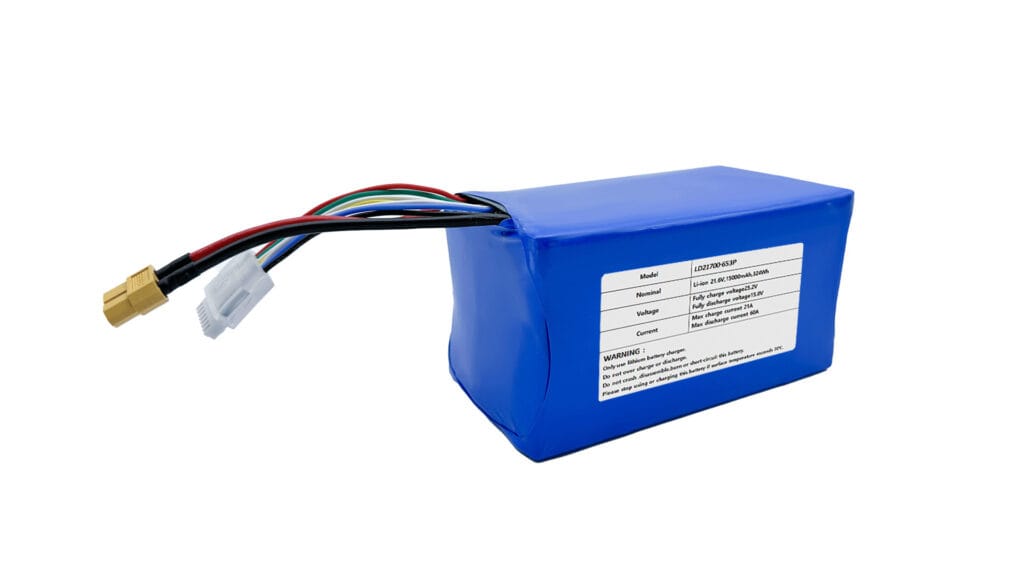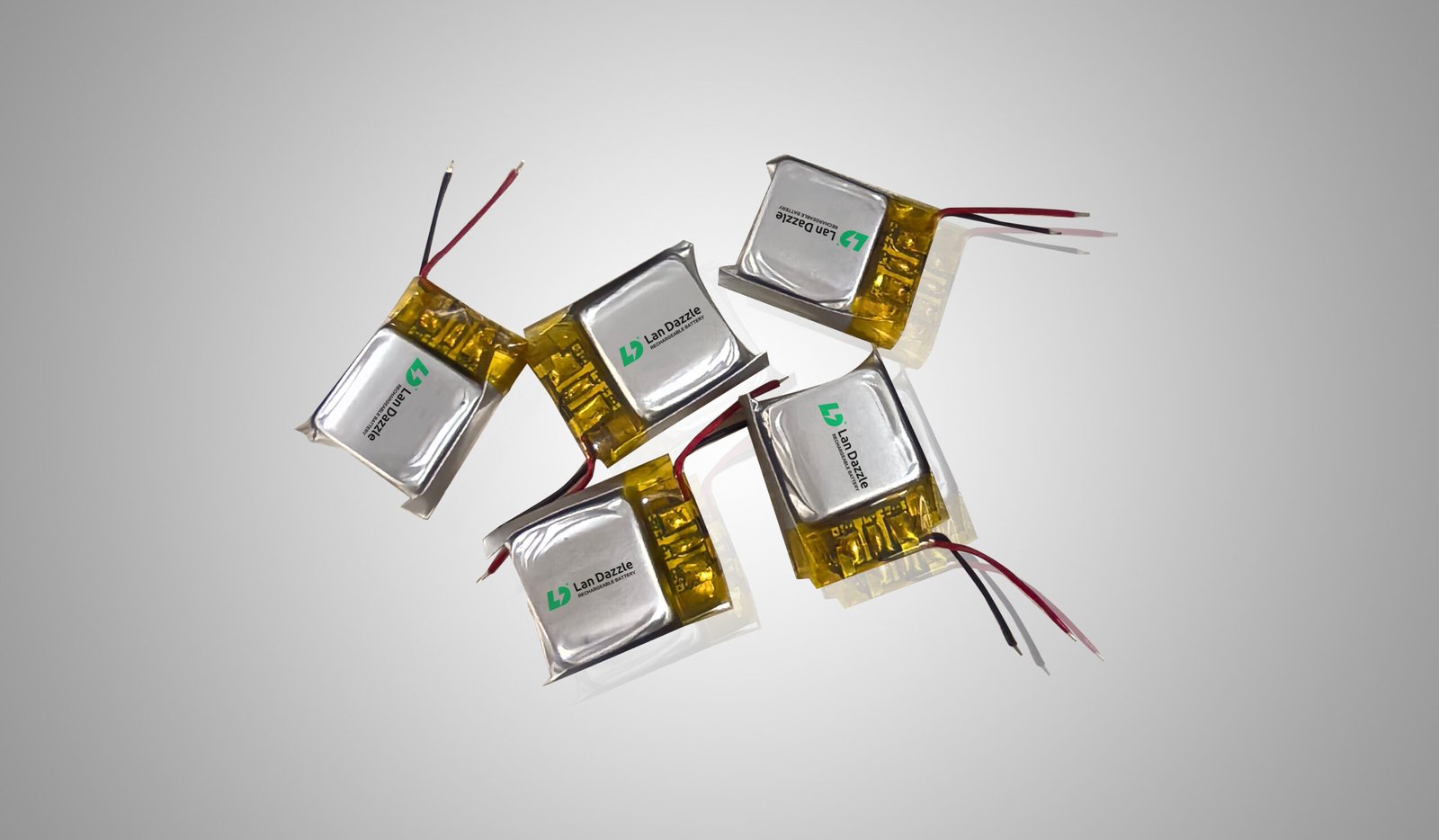In our increasingly interconnected and device-driven world, batteries are the invisible workhorses powering everything from our smartphones to life-saving medical equipment. We often take them for granted, assuming a one-size-fits-all approach. Yet, for countless innovative products and critical applications, standard, off-the-shelf batteries simply won’t cut it. This is where индивидуальные решения для батарей step in – tailored power sources designed from the ground up to meet the unique demands of a specific device or environment.
Imagine trying to fit a square peg into a round hole; that’s often the challenge product developers face with generic batteries. Custom battery solutions, sometimes referred to as custom batteries, bespoke batteries, or tailored power solutions, are precisely engineered to overcome these limitations. They aren’t just an assembly of existing parts; they involve a deep understanding of energy chemistry, electrical engineering, and the specific operational context of the device they will power.
What Exactly Are Custom Battery Solutions?
At its core, a custom battery solution is a power source meticulously designed and manufactured to fulfill a unique set of requirements for a particular application. Unlike the AA batteries you buy at the store, or even standard laptop batteries, custom solutions aren’t mass-produced to a generic specification. Instead, they are the result of a specialized engineering process that considers everything from physical dimensions and environmental conditions to precise power output and intricate safety protocols.
The fundamental difference lies in their tailored nature. While a standard battery aims for broad compatibility, a custom battery prioritizes optimal performance for a singular purpose. Think of it like a custom-tailored suit versus an off-the-rack one – both serve the same basic function, but one is crafted for a perfect fit and maximum performance.
Core Components of a Custom Battery:
A custom battery is far more than just a collection of cells. It’s an integrated system typically comprising several key elements:
- Элементы питания: These are the fundamental units that store and release electrical energy. While common types like Lithium-ion (Li-ion), Lithium Iron Phosphate (LiFePO4), or Nickel-Metal Hydride (NiMH) are often used, their specific chemistry, capacity, and form factor are carefully selected based on the application’s needs. The landscape of battery chemistry is constantly evolving, with emerging technologies like полупроводниковые батареи и sodium-ion batteries offering exciting new possibilities for specialized custom applications.
- Система управления аккумулятором (BMS): This is arguably the “brain” of the battery. The BMS is an electronic system that monitors and controls the battery’s essential functions. It prevents overcharging or over-discharging, manages temperature, balances cell voltage, and protects against short circuits. For custom solutions, the BMS is often specifically designed to optimize the performance and safety of the unique cell configuration and application.
- Корпус/корпус: This component protects the internal cells and electronics from physical damage, moisture, dust, and environmental extremes. It’s often custom-molded to fit perfectly within the device, adhering to specific shape or space constraints. Materials are chosen for durability, thermal properties, and weight.
- Разъемы и проводка: These ensure seamless integration with the device. Custom solutions often require specific connectors, wiring harnesses, and communication interfaces (like SMBus or CANBus) to ensure reliable power delivery and data exchange between the battery and the host system.
The Customization Spectrum:
Customization can range from minor modifications to a standard battery (e.g., adding a specific connector or protective circuit) to a complete ground-up design. The latter involves selecting individual cells, designing a bespoke BMS, creating a unique mechanical enclosure, and undergoing rigorous testing and certification. This spectrum allows businesses to find a solution that precisely matches their needs, whether they’re developing a novel medical device or rugged industrial equipment.
Why Go Custom? The Power of Tailored Energy
Choosing a custom battery solution isn’t just about fitting a battery into a tight space; it’s about unlocking a new level of performance, safety, and innovation for your product. Here’s why many leading companies are turning to tailored energy solutions:
A. Optimized Performance & Efficiency: Generic batteries are designed for average use cases. Custom solutions, however, are engineered for precise specifications. This means:
- Precise Power Output: Delivering the exact voltage and current your device needs, when it needs it, preventing underperformance or energy waste. For instance, a drone requiring rapid bursts of power for quick maneuvering demands a very different discharge profile than a low-power IoT sensor.
- Extended Run-time/Capacity: Maximizing the available space to pack in the highest possible energy density (measured in mAh or Wh), leading to significantly longer operating times between charges.
- Возможность более быстрой зарядки: Integrating specific charging protocols and circuitry that allow for quicker, more efficient recharging without compromising battery health, crucial for devices that need minimal downtime.
- Perfect Fit for Size/Shape Constraints: This is often the primary driver. If your device has an irregular shape or minimal internal volume, a custom battery can be designed to occupy every available millimeter, maximizing power within a unique form factor. Think of curved batteries for wearables or ultra-thin solutions for smart cards.
B. Enhanced Safety & Reliability: Battery failures can range from inconvenient to catastrophic. Custom solutions prioritize safety from the design phase:
- Built-in Protection: The integrated BMS meticulously monitors critical parameters like overcharge, over-discharge, short circuit, and overcurrent, preventing dangerous conditions and extending battery life.
- Терморегуляция: Heat is a battery’s enemy. Custom designs incorporate advanced thermal management strategies, including specialized materials, ventilation, or even active cooling, to ensure the battery operates within safe temperature limits, especially in demanding environments.
- Durability for Demanding Environments: Generic batteries are not built for extreme vibration, shock, or temperature fluctuations. Custom enclosures and internal bracing protect the cells and electronics, making them ideal for industrial equipment, military applications, or outdoor sensors. This significantly reduces the risk of costly failures and recalls. Recent incidents, such as large-scale battery fires and product recalls linked to battery issues, underscore the critical need for robust and safe custom battery designs.
C. Cost-Effectiveness (Long-Term Perspective): While the initial investment in a custom battery might be higher, the long-term savings are often substantial:
- Reduced Failures and Replacements: A robust, optimized custom battery is less likely to fail, reducing warranty claims, customer dissatisfaction, and the need for frequent replacements.
- Improved Product Lifespan: By providing stable, reliable power and excellent protection, a custom battery can significantly extend the overall operational life of the device it powers.
- Avoiding Costly Redesigns: Designing your product around a generic battery can lead to compromises or, worse, require expensive redesigns if the standard battery proves inadequate later. A custom solution integrates seamlessly from the start.
- Competitive Advantage: A product with superior battery life, performance, and reliability stands out in the market, leading to increased sales and positive brand perception.
D. Unlocking Innovation & Unique Product Design: Perhaps most excitingly, custom batteries enable innovation that would otherwise be impossible:
- Enables New Form Factors and Functionalities: If you can’t find a battery that fits your revolutionary product concept, a custom solution can bring that vision to life, allowing for thinner, lighter, or unusually shaped devices.
- Supports Niche Market Demands: For specialized industries with unique power profiles or environmental challenges, custom batteries are often the only viable path to create a product that meets precise market needs.
- Differentiation from Competitors: A custom battery can become a key differentiator, allowing your product to outperform competitors in terms of run-time, size, weight, or ruggedness.
When Do You Need a Custom Battery Solution? Real-World Scenarios
Deciding whether to go custom can seem daunting, but specific scenarios clearly highlight the necessity of a tailored power source. If your project fits one or more of these descriptions, a custom battery solution is likely your best path forward:
A. Size & Space Constraints: Your device is compact, unusually shaped, or requires a minimal footprint. Standard rectangular batteries simply won’t fit efficiently or at all.
- Пример: A sleek new smart ring that requires a curved battery to maximize capacity within its thin, ergonomic design. Or a miniature medical sensor that needs a coin-shaped battery with specific voltage output to be implanted discreetly.
B. Extreme Environmental Conditions: Your product operates in harsh environments where temperature extremes, significant vibration, high shock levels, or exposure to moisture and dust are common.
- Пример: An industrial sensor deployed on an oil rig, exposed to constant vibration and high temperatures, demanding a ruggedized battery with advanced thermal management. Another example is military-grade equipment used in freezing temperatures or high-impact zones.
C. Specialized Power Requirements: Your device has very specific, non-standard power demands, such as extremely high current pulses for a short duration, ultra-low power draw for years of operation, or precise voltage regulation for sensitive components.
- Пример: A portable medical defibrillator that needs a sudden, powerful burst of energy for a life-saving jolt, requiring a battery designed for high discharge rates and absolute reliability. Or a smart agricultural sensor that needs to run for five years on a single charge with minimal maintenance, necessitating an ultra-low self-discharge battery.
D. Critical Safety & Reliability Needs: The failure of your product due to battery issues could have severe consequences, from significant financial loss to danger to human life.
- Пример: Any life-support medical device, like a ventilator or an implanted cardiac device, where battery reliability is paramount. Aerospace components or unmanned aerial vehicles (UAVs) also fall into this category, where unexpected power loss can be catastrophic.
E. Unique Certification or Compliance: Your product needs to meet specific industry regulations or certifications that standard batteries might not fulfill, such as stringent medical device standards (e.g., IEC 60601-1) or transportation safety standards (e.g., UN38.3 for lithium batteries in transport).
- Пример: A new electric vehicle component that needs to meet specific automotive safety and performance standards (like ISO 26262) that require a battery with certified thermal runaway protection and crash resistance.
F. Long-Term Production & Scalability: You anticipate manufacturing your product in high volumes, and relying on generic batteries could lead to supply chain issues, inconsistent quality, or inability to meet future demands efficiently.
- Пример: A company developing a new line of robotics for warehouses, where a custom battery ensures consistent performance across thousands of units, easier sourcing, and better cost control in the long run.
The Custom Battery Development Process: From Idea to Implementation
Developing a custom battery solution is a structured, collaborative process that transforms an initial concept into a fully integrated power source. It typically involves several critical stages:
A. Consultation & Needs Assessment: This initial phase is crucial. Expert engineers work closely with the client to thoroughly understand the device, its intended application, power requirements (voltage, current, capacity, duty cycle), operating environment (temperature range, shock, vibration, moisture), expected lifespan, and any specific certifications or compliance needs. This detailed analysis forms the blueprint for the entire project.
B. Design & Engineering: Based on the assessment, the engineering team selects the optimal battery chemistry and individual cells. This selection can now involve not only established lithium-ion types but also newer chemistries like полупроводниковые батареи, which offer improved energy density and safety, or sodium-ion batteries, which provide cost benefits and good low-temperature performance for specific applications. They then design the Battery Management System (BMS) for protection, monitoring, and performance optimization. Mechanical design focuses on the enclosure, ensuring it fits the device’s form factor and provides adequate protection and thermal management. This phase involves CAD modeling, circuit design, and often simulation to predict performance.
C. Prototyping & Testing: A prototype of the custom battery is manufactured. This is followed by rigorous testing to validate its performance against the specified requirements. This includes capacity testing, charge/discharge cycle testing, thermal performance analysis, vibration and shock testing, and electromagnetic compatibility (EMC) testing. Any issues identified are used to refine the design iteratively. For instance, TDK announced a breakthrough in solid-state battery technology in early 2025, achieving extremely high energy density in small devices, with prototypes expected for sampling soon, highlighting the rapid advancements in this area that will influence prototyping.
D. Certification & Validation: For many applications, especially those in medical, automotive, or consumer electronics, specific safety and transportation certifications are mandatory. This includes standards like UL (Underwriters Laboratories) for safety, CE for European conformity, and UN38.3 for the safe transport of lithium batteries. The custom battery solution is put through the necessary tests to achieve these critical validations, ensuring it meets global safety benchmarks.
E. Manufacturing & Quality Control: Once the design is finalized and certified, the custom battery solution enters the manufacturing phase. This involves precision assembly, often in specialized facilities, followed by stringent quality control checks at every step of the production process to ensure consistency, reliability, and adherence to design specifications.
F. Integration & Support: The final step often involves assisting the client with the seamless integration of the custom battery into their device. Ongoing support ensures optimal performance in the field and addresses any unforeseen challenges.
Заключение
In a world increasingly driven by innovation, the limitations of standard batteries are becoming more apparent. Custom battery solutions offer a powerful alternative, transforming product potential by providing precisely tailored energy. From optimizing performance and enhancing safety to enabling revolutionary designs and achieving long-term cost savings, the benefits of bespoke battery solutions are undeniable for products with unique or demanding requirements.
As industries like IoT, advanced robotics, medical technology, and specialized electric vehicles continue to evolve, the demand for sophisticated, application-specific power sources will only grow. Partnering with experts in custom battery development is not just about acquiring a power source; it’s about investing in the reliability, performance, and competitive edge of your innovation. If your next project demands more than a generic power supply, exploring custom battery solutions could be the key to unlocking its full potential.





